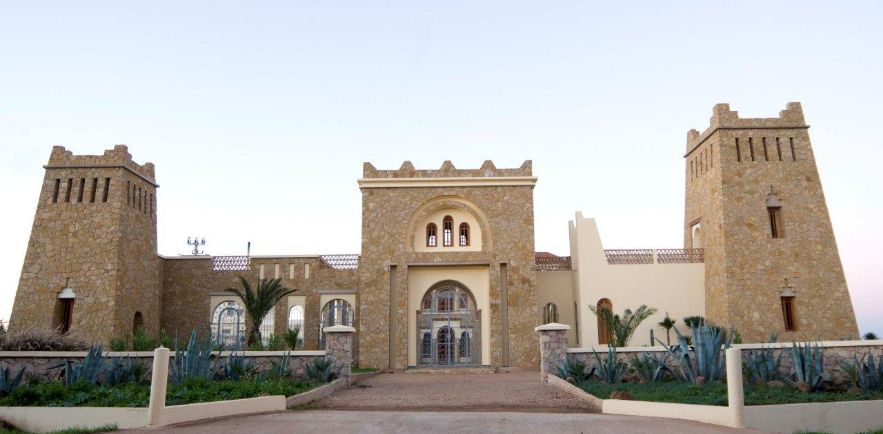Olive growing
The olive tree is without a doubt a great symbol of the Mediterranean culture. The olive oil industry is at the heart of a region’s identity and its culture and embodies strong socio-economic and environmental issues. In Morocco, its history traces back to the 1st century in the Volubilis region.
The olive oil industry represents 65% of the national arboricultural soil and 5% of the Kingdom’s GDP (Source: Fellah Trade) with a national consumption that continues to grow. However, the sector remains to date poorly valued, taking mostly on the form of traditional crops.

Convinced by its promising potential, Diana Holding initiated in 2005 a major effort to participate in the emergence of a real sector. Its aim has been to produce and offer a modern and green olive oil mainly intended for export. “La Maasera”, a state of the art crushing and bottling unit, embodies this modern ambition and participates in the efforts to promote overseas the notoriety of Moroccan olive oil.
In an approach that is mindful of its socio-economic environment, the Company works to bring together small producers in the region and to deploy a broad system of program-contracts, in compliance with fair trade standards. Through this approach, the Company can ensure the quality of its olive supply.
La Maaserakey figures
Area
1,000
hectares
Storage capacity
3,500
tons
Crushing capacity
300
tons per day
Production capacity
22,000
bottles per day
Certifications
EurepGAP, Good Agriculture practice
Olives
The olive groves are located on the Saiss plain at the foot of the Atlas Mountains. The crushing unit, the Maasera, located in the Ait Harzallah estate, complies with the most environmentally friendly extraction methods.
The Company carefully selects its olives at the various stages of maturity, from November to January, and adapts its harvesting methods to the different olive varieties as well as the current climate conditions. Depending on the type of cultivation (intensive, semi-intensive or extensive) the harvesting methods will vary from manual to mechanical. In respect of the best practice norms to ensure the lowest acidity level, the crushing is conducted within three to four hours after the harvest. This method allows the fruit to fully express its intrinsic richness. The ability to control the time frame of production, associated with the cold extraction process, gives the Extra Virgin Olive Oil an exceptionally low acidity level.
As we aim to diversify the Moroccan olive oil sector, while meeting the multiple requirements for taste and aroma, we have planted different varieties of olives. Some varieties are from local plants while others are from regions such as Spain France and Greece, all known for their organoleptic properties.
